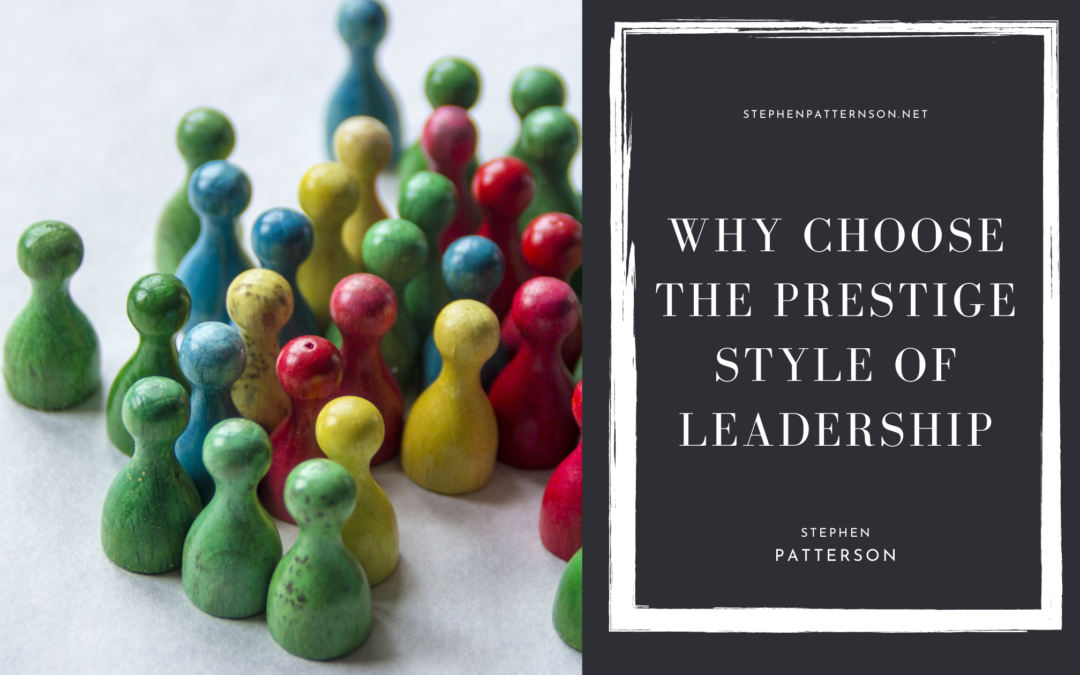Throughout history, the leaders who succeed are the more open-minded ones that are able to adapt to their people. Going with the flow has actually become one of modern man’s most useful survival techniques. As a leader, it is your job to motivate and influence your team. This means interacting with a variety of humans from different cultures, social standings, races, religions, and personalities. Knowing how to motivate them is what makes a great leader.
According to the well-known Myers-Briggs test, there are 16 distinct personality types. This useful tool is great for leaders because it helps them understand what makes their employees tick and what motivates them, which tells them how effectively they’ll respond to types of leadership. The results give a lot of insight, such as everyone has traits for decision-making that are either thought-based or feeling-based. They also perceive rules in an open-minded flexible way vs a judging stance that treats rules as concrete. In addition, people either absorb information on a large, big-picture scale or they choose to focus on the small, factual details. Perhaps the most important personality trait is how introverted vs extroverted someone is. As a leader, it is your job to manage people on all 16 combinations.
Setting aside the fact that there are already textbook styles of leadership, such as the autocratic method, the authoritative style, coaching, democratic, and affiliative, to name a few, they all follow one of the two main paths of approach either prestige or dominance. Leading by prestige means to earn employees’ respect by demonstrating your own abilities. You lead by example and inspire them to be like you. Dominance is a method that is more self-focused. You exert your force and power over others and instill a culture of fear, aggression, and intimidation. Some leaders don’t take this to extremes but they do lead assertively and make their power and authority known.
Most of today’s workforce is comprised of younger workers, as opposed to the more traditional labor force of the past. The younger generation of today is a lot more self-aware and less likely to follow a chain of command without incentive or motivation to do so. The leaders who earn the most respect in today’s world display one of the coaching styles that follows the prestigious route. The best leaders know that every individual team member’s success is actually a win for everyone. There is a lot of encouragement to help influence and steer employees in a more humanitarian direction.
